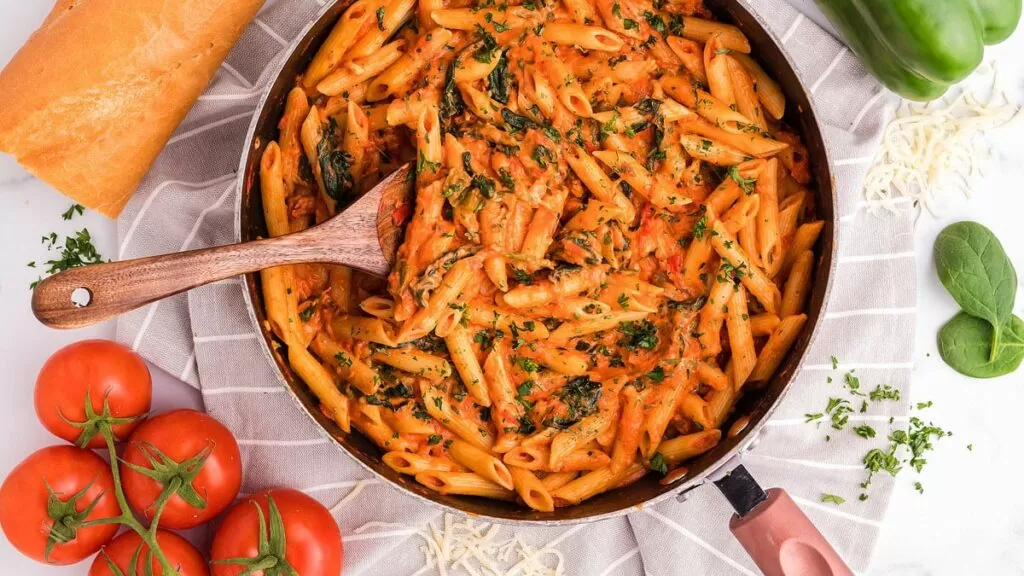We all consider that we know everything there is to know about food. Especially popular foods and dishes. After all, we are bombarded every day with a ton of information from all sorts of media. They propagate about healthy food, about nutrients in various dishes, or about foods we need to avoid. Nevertheless, despite this vast information flow, it turns out that there are many misconceptions about popular foods and beverages. Such is the case even with some of the most popular foods.
Here are the top 10 things people misunderstand about popular foods:
10. Sushi Means Raw Fish

Misunderstanding: Sushi is one of the most popular foods coming from Japan. The misconception is that sushi is made only using raw fish. Actually sushi refers to rice which has been treated with vinegar. More often than not it incorporates cooked fish or shrimp, various vegetables, and of course – seaweed.
9. Fortune Cookies are Chinese

Misunderstanding: Watching US movies or visiting American-Chinese restaurants, we are sure to conclude that fortune cookies are Chinese. However, if we visit China, we may have a hard time explaining the concept to the locals.
It was exactly American-Chinese restaurants in California that started the fortune-cookie tradition in the early 20th century. The US movie industry simply spreads the misconception.
8. Organic means more nutrition

Misunderstanding: In recent history, the term “organic” has come to mean “healthy.” Probably this is the root of the misconception that organic foods are more nutritious.
While organic foods will generally expose us less to certain chemicals and pesticides (which are not always good to eat), they are by no means more nutritious than other popular foods.
7. All Italian Pasta is Spaghetti

Misunderstanding: Considering spaghetti as the only Italian pasta is laughable. Certainly, spaghetti is probably one of the more popular foods coming from Italy. However, it is far from being the only pasta. There are many different kinds of pasta. Each variation has a different shape and is suited to specific sauces, ingredients, and recipes.
Here are just a few examples: Fettuccine are flat ribbons suited for creamy sauces. Penne is a short tube-like pasta designated to hold chunky sauces. Tortellini is a small, stuffed pasta normally filled with meat, vegetables, or cheese; Fregola is a small, spherical pasta usually used in soups made in Sardinia; and Ravioli is a small pasta pouch for meat or cheese.
And remember, we have just scratched the surface here. An Italian can go on for quite some time about the different variations of pasta and their use.
6. French Fries Originated in France

Misunderstanding: French fries are undoubtedly one of the most popular foods across the globe. The name normally leads people to believe that they originate from France. This is a common misconception.
They originate in the USA. The term “French” is not related to their origin but rather to the way in which the potatoes are cut, namely the “French cut.” They were brought to France by American soldiers during WWI.
5. Fruit juice is always healthy

Misunderstanding: First, we must understand that the majority of fruit juices contain a lot of chemical ingredients and just traces of fruit. But even if the fruit juice is actually made from natural fruit while containing vitamins, it is also rich in sugar and lacks the fiber found in whole fruits.
Further, all fruit juices (saved from the freshly squeezed ones by you) will contain a variety of colorings, preservatives, and stabilizers, which will help the juice stay seemingly fresh. Consuming fruit in its whole form is generally a healthier choice.
4. Curry is spicy, and it is a herb

Misunderstanding: There are two misconceptions associated with the otherwise popular food. While an herb named “curry” does exist, it is not associated with the popular “curry taste.” The curry dishes do not use the curry herb, but the curry spice. This spice is a combination of different spices and herbs, such as cinnamon, garlic, coriander, turmeric, and ginger, to name but a few.
Note that the curry herb is not included. Some curry dishes may be rather spicy. However, the majority are not. The “spiciness” of a curry dish relates to the quantity of spicy ingredients used in the curry mix. In reality, most curry dishes are not spicy.
3. The tomato is a vegetable

Misunderstanding: Actually, the tomato is a fruit. At least this is what the botanist will have us believe. Considering that the tomato is a vegetable, this goes all the way up to the US Supreme Court.
In 1893, it was actually ruled that “the tomato is a vegetable,” at least for tax purposes. This popular misconception comes from the way we use tomatoes. They are normally associated with salads and sauces. This is how people’s minds relate to veggies.
2. Vegetarian food is bland and tasteless

Misunderstanding: This is normally a misconception among meat-eaters. Anyone familiar with veggie cosine will argue otherwise. Herbs and spices are not associated with animal products. Hence, vegetarians use them as much as anybody.
It is a fact that vegetarian cuisine can have just as much flavor and be just as diverse as non-vegetarian popular foods. Many herbs, spices, and cooking techniques are used to create delicious vegetarian dishes. Even McDonalds in India serves some veggie burgers, which by no means are less tasty than their beef counterparts in the US.
1. All Japanese green tea is the same

Misunderstanding: Of course, this misconception spreads to all parts of the world, other than Japan itself. Green tea is produced from the same plants from which black tea is made. However, green tea does not undergo the same oxidation treatment as black tea.
Hence, Japan produces various types of green teas. Each has its own unique flavor, aroma, and special preparation recipe. The more popular ones include matcha, sencha, and genmaicha.
Don’t forget to read more articles here.
Economist, former CEO of a financial services company, current sustainability director of a large EU IT company, nature lover, gardener, traveler




